The antique history, friendly emotions of the locals, warm climate, and the most delicious food in the world attract many tourists to Italy every year. If you want to bring a piece of relaxed Mediterranean atmosphere to your home, you can decorate your kitchen in an Italian style and then gather with your family and friends in a cozy ambiance.
Features of Italian Style
Like other country styles, Italian style originated not in the luxurious palaces of aristocrats, but in the ordinary village houses.
The most distinctive atmosphere was typical of the central region of the country – sunny Tuscany. Thanks to the favorable geographic location between the Apennine Mountains and the sea coast, the residents of that area had access to a large number of natural materials. By the way, it was there since the Roman Empire that they extracted the most valuable types of marble – snow-white Carrara and striped cipollino. Thus, natural stone and wood formed the basis of the Tuscan interior.
As for the shapes, they mixed classical symmetry and rough simplicity. It makes sense, given that artisans handcrafted most household items using simple tools. Craftsmen honed their skills with each generation, and now, Italian furniture enjoys worldwide recognition for its reliability, beauty, and durability.


Materials and finishing for an Italian-style kitchen
A traditional Tuscan home can be easily identified by the abundance of rough stone, ceramics, clay, and wood. Plastic, glass, chrome steel, and metallic paint have no place in such homes. When choosing materials, it’s important to prioritize natural ones that have an antique effect.
You can protect parquet flooring from moisture using oil treatments, while burnt ceramic naturally resists damage.
For the walls, consider plastering and painting them with light-colored paint with a warm undertone, or cover them with relief decorative stone like sandstone or slate.
Typically, the backsplash features tiles made from red or white clay, often showcasing bright hand-painted designs or small mosaics.
To preserve the style, consider replacing the entry door to the kitchen with a wide arched portal. This could span the entire wall, finished with a brick edge.
In Italian homes, windows are typically wooden and rectangular or rounded at the top, with thin mullions and closing shutters. However, this doesn’t mean that you have to give up on PVC frames – it’s sufficient to laminate the standard white film to look like wood.
Ceilings in this style of interior have a unique touch too – builders often construct them with a brick arch forming a vaulted arch. This arch doesn’t ascend into a dome; instead, it mirrors the shape of a tunnel. A better alternative to this laborious option can be a textured plaster ceiling with false beams. Of course, solid tree trunks or massive beams look more impressive, but they are only justified in country houses where they also bear functional loads.

Color schemes for the kitchen
The Italian interior style embraces a soft autumn color palette, reminiscent of harvest time when sunlight becomes cozy and muted.
The lightest tones in this palette include milky white, sandy, yellow, light peach, and beige. Designers primarily use these colors for wall finishes, but sometimes, you’ll see whitewashed cabinets. Wherever ceramics make an appearance – be it in floors, walls, ceilings, or dishes – vibrant clay hues like ochre, terracotta, brick, and burnt red typically dominate.
Natural wood is also a must-have in the kitchen – from reddish pine to noble reddish-brown oak. Typically, their surface has a warm tone.
The colors of the surrounding nature – blue sky, blue sea waves, slightly withered grass, olives, grapes – will also look harmonious against the overall background. Saturated, but slightly faded under bright rays, they are great for different decor, tiles, and cabinets.

Italian-style kitchen furniture
At first glance, it’s clear these items are built to endure for generations, echoing the style of antique furniture.
Solid wood, simply but carefully processed, is the best fit for such long-lasting products. The facades feature decorative panels, sometimes adorned with carved decorations or lace inserts. A transparent or tinted lacquer, applied to highlight the texture of aged wood, coats the surface. Wrought iron hardware in shades of brass, copper, or bronze complements this look.
The furniture is symmetrically designed and as ergonomic as possible. Spacious cabinets and shelves, along with large compartments, pull-out drawers, hooks, and woven baskets, provide ample storage for a variety of utensils and products. Some shelves opt for light textile curtains in a two-color small check or with still lifes as a facade.
Countertops are typically crafted from natural or artificial stone, with marble being a common choice.
The table, large and sturdy, features a smooth wooden surface and relief edges. Its shape is somewhere between a rectangle and an oval. For large family meals, the furniture set includes sturdy benches and wide chairs with rounded backs.
A wooden wine section, where you can store bottles horizontally, makes a stylish addition to the design, particularly when situated above the dining area.
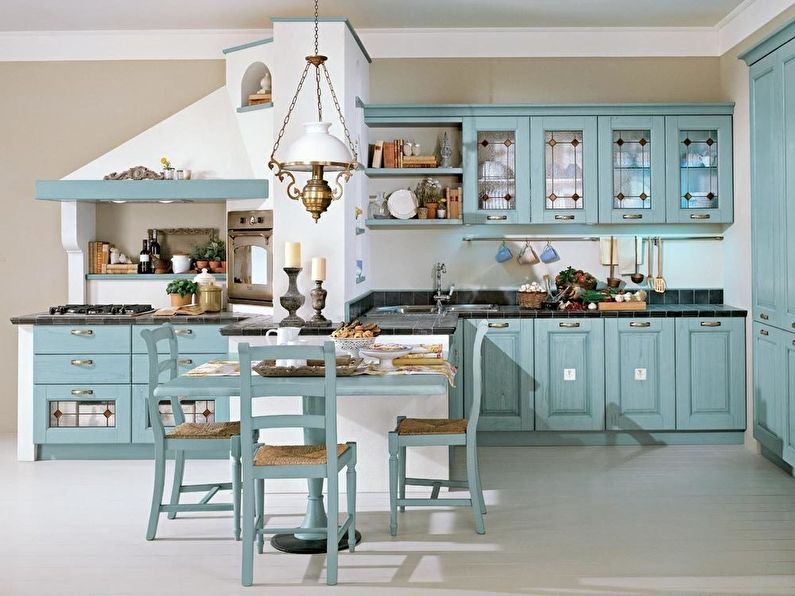

Kitchen decor in Italian style
To add charm to the interior in Italian style, you can use items from rural life: woven baskets, braids of onions and garlic, bundles of dried herbs, herbs in clay pots (such as basil, rosemary, oregano).
Unglazed clay dishes, a wooden bread box, brass skillets, and copper pots will also fit in nicely.
On the walls, you can hang paintings with breathtaking Italian landscapes or autumn still lifes, or create hand-painted frescoes or mosaics.
However, the main decoration of such a kitchen should be food – for example, apples and grapes, various cheeses, olives, and baked goods.


Proper Lighting in the Kitchen
Italy is a southern country, so homes there always have a lot of natural daylight. If you’re recreating such an interior in a harsher climate, you need to ensure that you have an artificial alternative to sunlight.
LED bulbs with warm white or slightly yellowish spectrum are perfect for this purpose. You can install them as spotlights in the beams and shelves of the cabinetry.
For the overhead lighting, it’s best to choose a wrought-iron chandelier in an antique or even medieval design. It should be placed in the center of the kitchen or above the dining area, centered over the table.
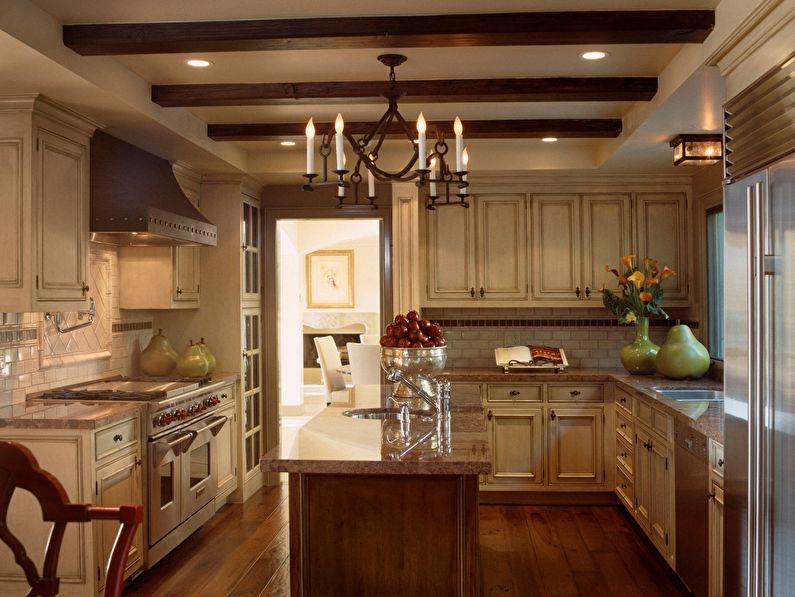
Interior design of an Italian-style kitchen – photos
You can find even more ideas for decorating an Italian-style kitchen in our photo collection. Here, you’ll find beautiful options for finishes, furniture, and decor that will allow you to see exactly what your interior will look like after renovation. Get inspired!
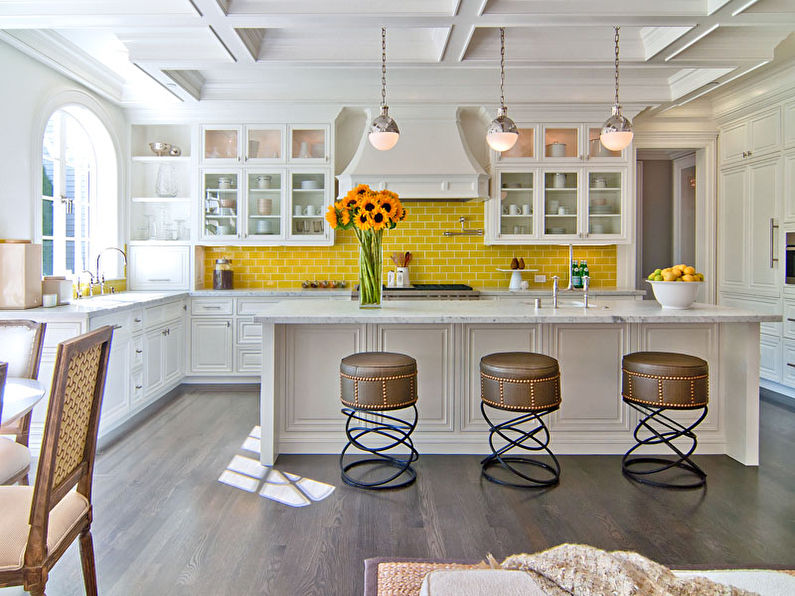

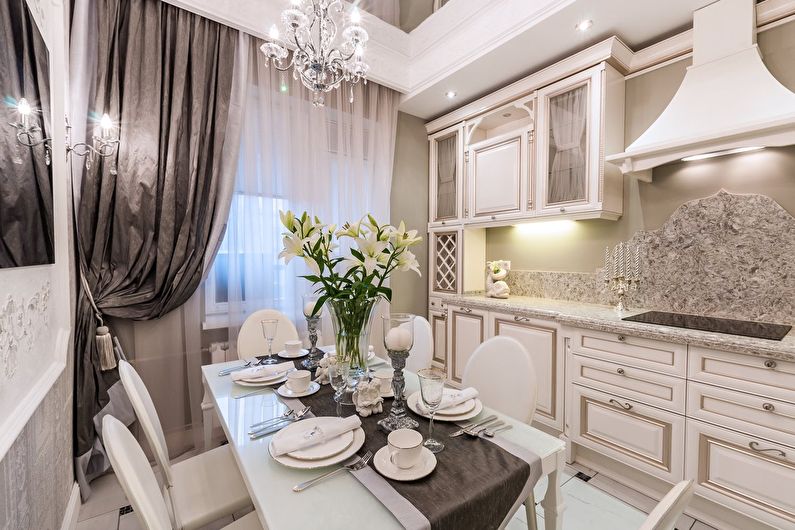
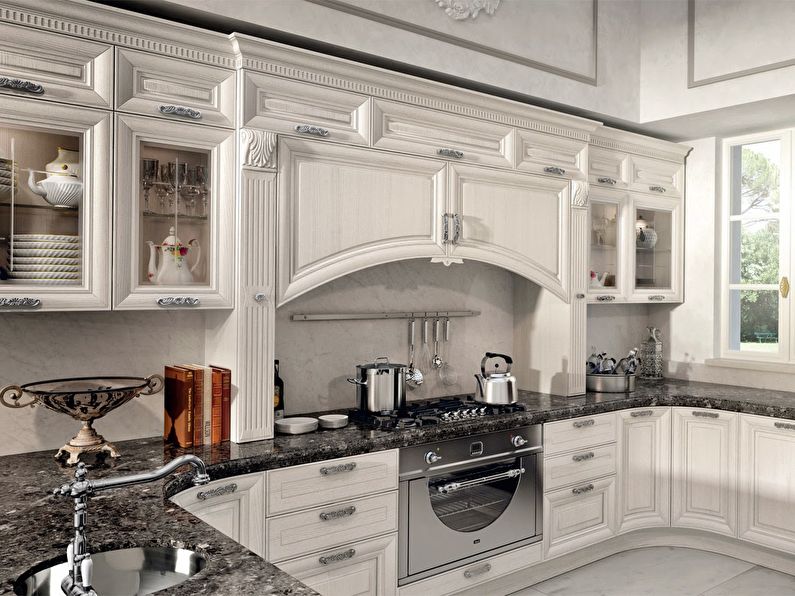
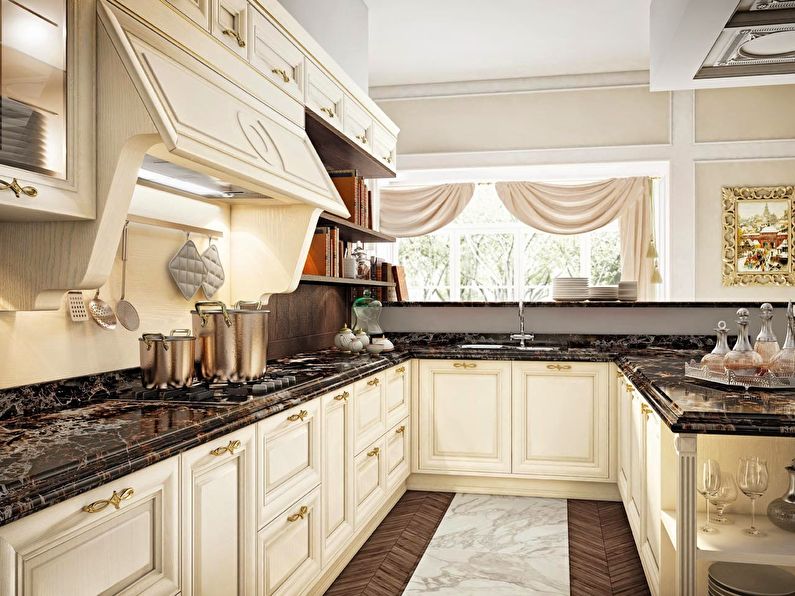
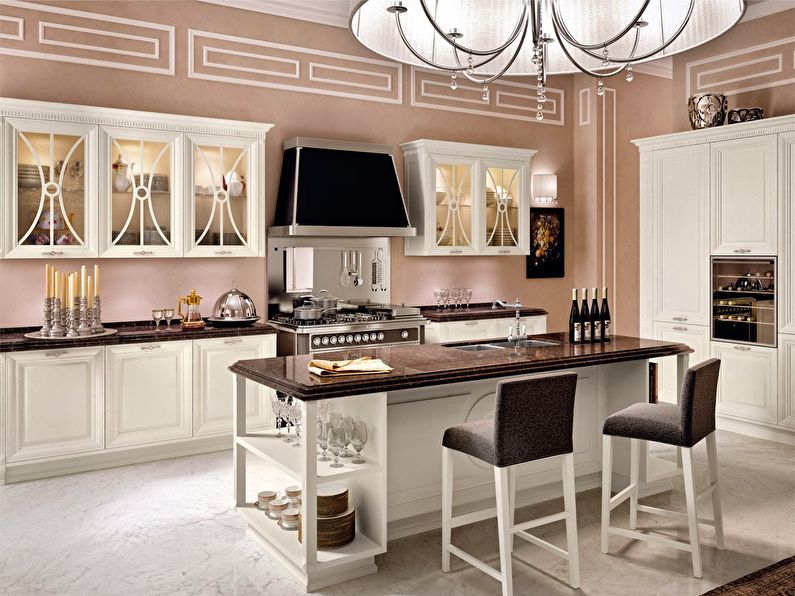
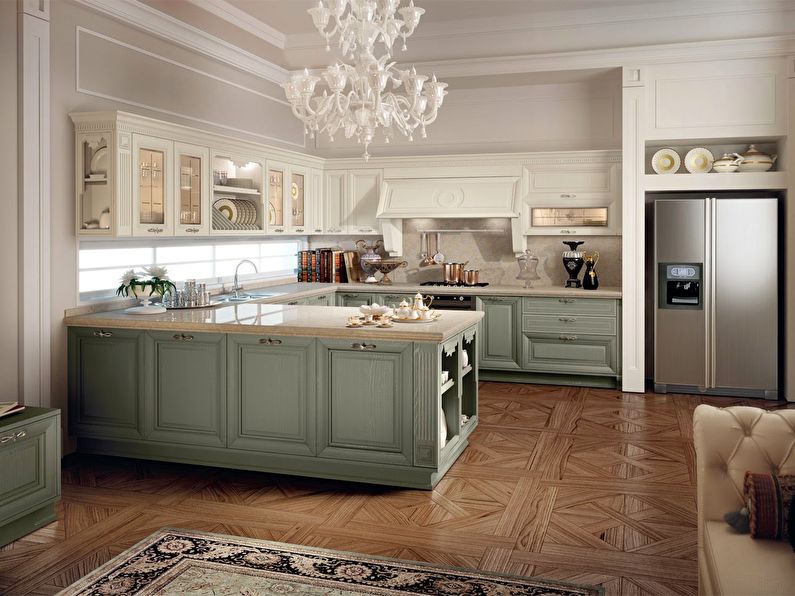
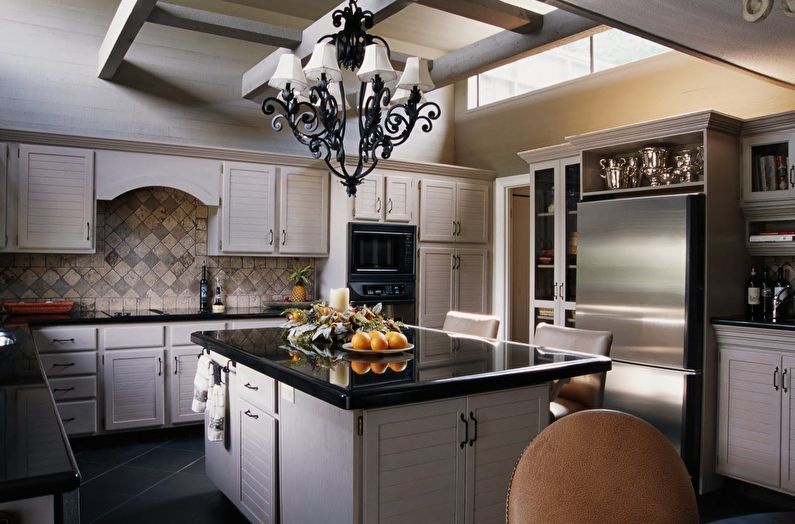

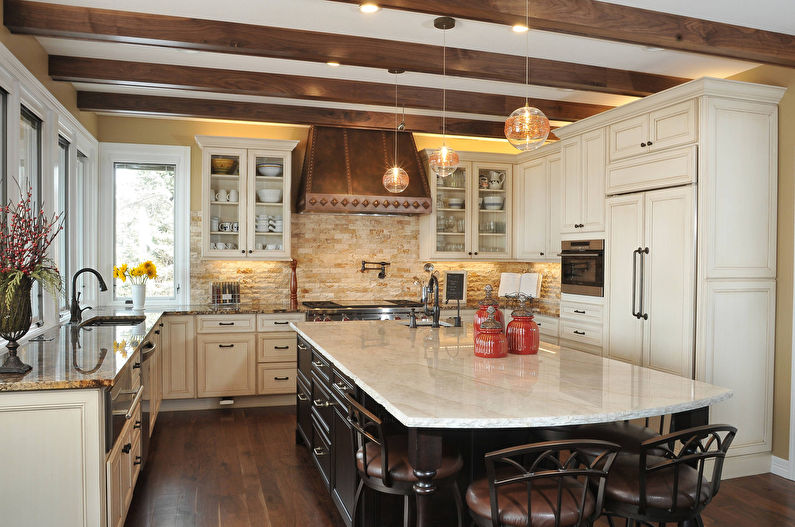
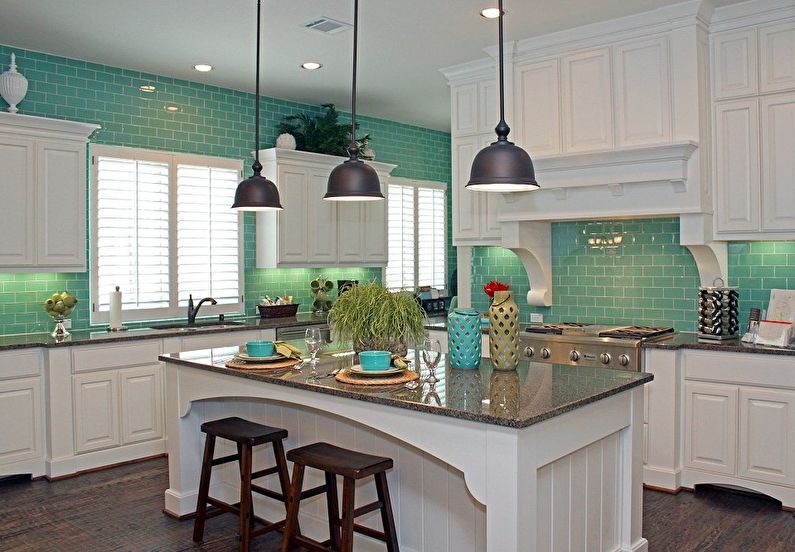



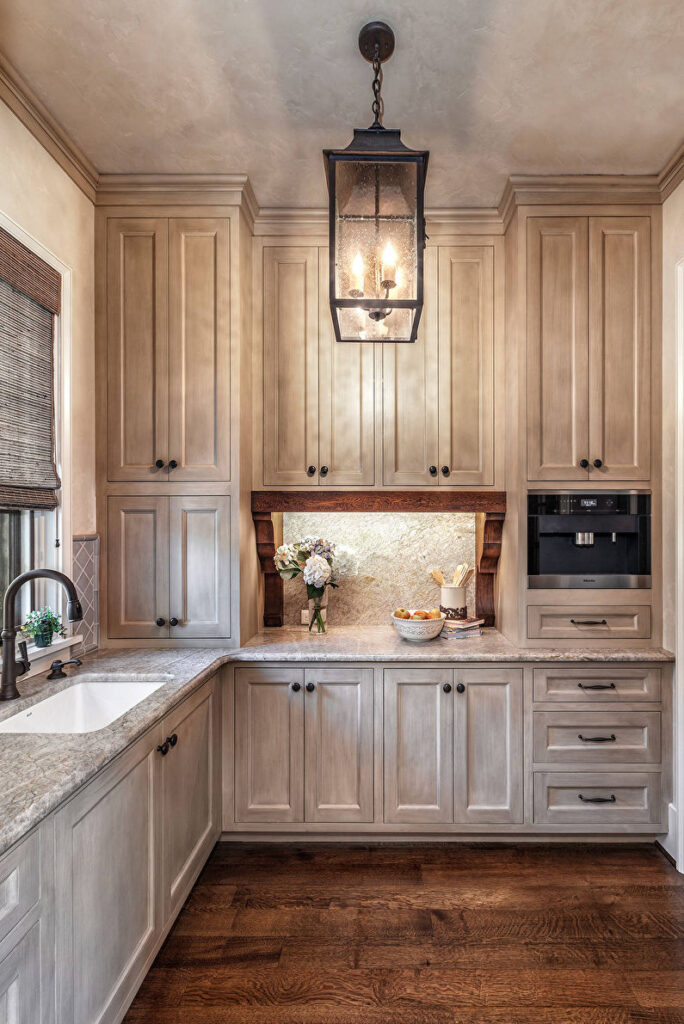
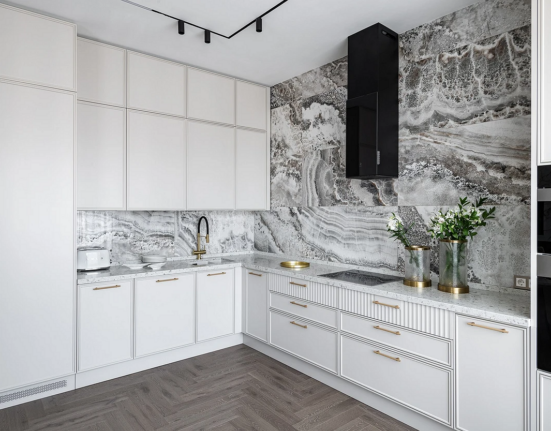
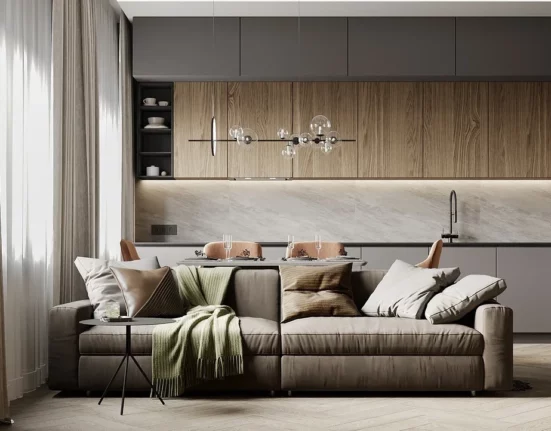
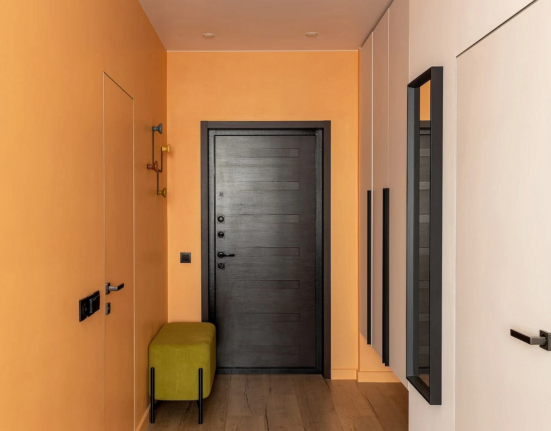

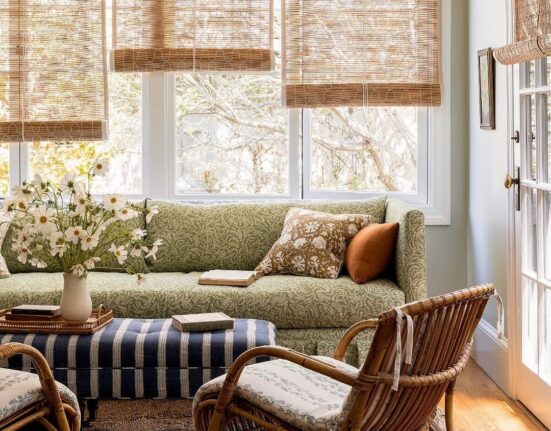
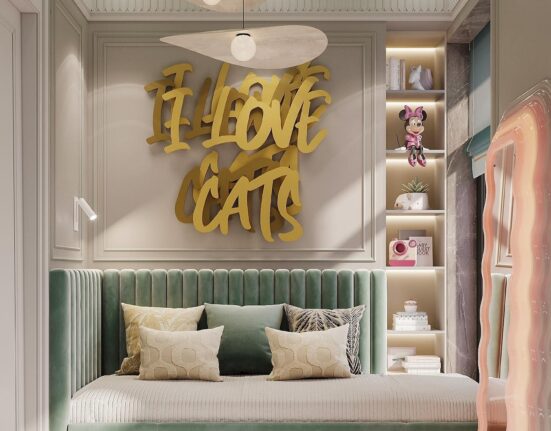
Leave feedback about this